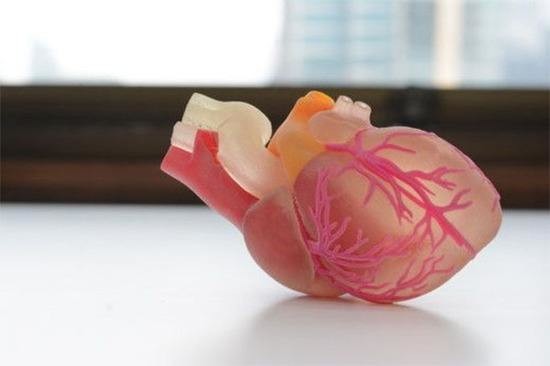Recently, scientists have taken another important step towards 3D printing alternative organs. They have developed a new technology that can create vascular networks, just like those vascular networks used to transport blood, air and other fluids in the body. Along with the study's publication, the scientists also released a video showing a lung-like airbag that provides nutrition and oxygen to nearby tissues.

3D printed organs
Jordan Miller, an assistant professor of bioengineering at Rice University's School of Engineering, explained in a statement: "One of the biggest obstacles to the production of functional tissue substitutes is our inability to print out complex vascular systems that can provide nutrition to dense tissues. In addition, our organs actually contain independent vascular networks, such as the airways and blood vessels of the lung, or bile ducts and blood vessels of the liver. These interpenetrating networks are closely related to tissue function. We are the first to use bioprinting technology. Organizations addressing the challenges of multivascularization. "
Miller's colleague, Kelly Stevens of the University of Washington, emphasized the importance of this progress. Stevens said: "Tissue engineering has been in this area for a generation. If we can print blood vessels that look and even breathe like healthy tissue in our body, then they will function more like those tissues. "This is an important question, because the function of biological tissues will affect the success of the treatment."
Scientists expect that biotechnology will become part of mainstream medicine in the next 20 years.